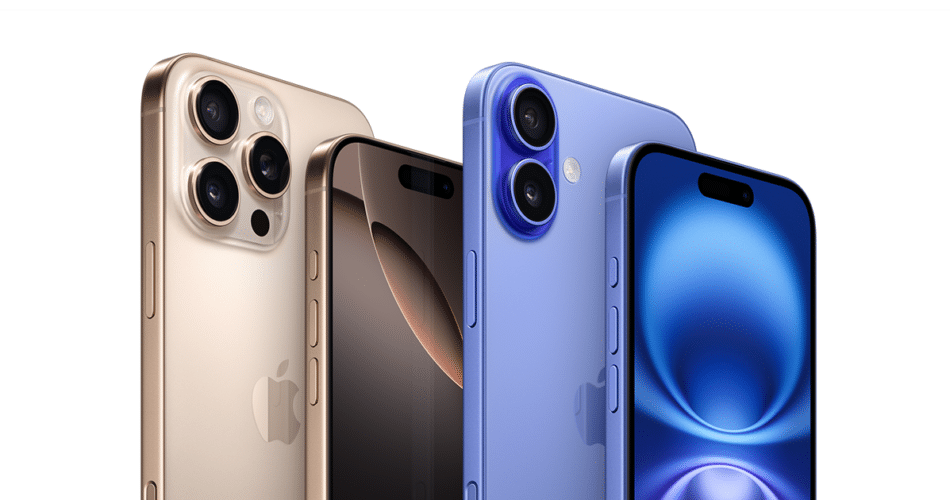The iPhone 17 series, set to launch in 2025, is shaping up to be one of Apple’s most significant upgrades in recent years. While the spotlight often falls on the premium Pro Max and the newly anticipated Air models, the base iPhone 17 is quietly emerging as a standout choice for consumers seeking an affordable yet feature-rich device. Among its most anticipated upgrades, Apple is reportedly equipping all iPhone 17 models, including the base version, with 120Hz ProMotion displays—a feature previously reserved for Pro variants.
ProMotion technology, which dynamically adjusts refresh rates between 1Hz and 120Hz, offers smoother scrolling, enhanced gaming experiences, and efficient battery consumption. This advancement not only brings the base iPhone 17 on par with Android competitors but also narrows the gap between Apple’s standard and Pro models. Industry insiders, including Ross Young and Digital Chat Station, confirm that Apple plans to integrate LTPO panels across the entire iPhone 17 lineup. This move enables ProMotion functionality while reducing power consumption, a crucial feature for devices striving to balance performance and battery life.
Historically, Apple’s standard models have lagged behind their Pro counterparts in display technology. The iPhone 16, while celebrated for its sleek design and robust performance, retained a 60Hz refresh rate—a spec increasingly seen as outdated. With the iPhone 17, Apple is not only addressing this criticism but also potentially introducing Always-On Display functionality to its standard models. The inclusion of LTPO displays makes this possible by supporting variable refresh rates, paving the way for features like StandBy mode and enhanced lock screen interactivity.
As Apple narrows the feature disparity between its standard and Pro models, questions arise about potential price adjustments for the base iPhone 17. While ProMotion technology enhances the user experience, it also adds to manufacturing costs. Speculation suggests that Apple might offset these costs by increasing the refresh rate of Pro models to 144Hz, maintaining a clear distinction between product tiers.
The iPhone 17 Air, rumored to replace the Plus model, also promises to redefine the lineup with its ultra-thin design and ProMotion-enabled display. This addition could appeal to users seeking a lightweight, cutting-edge device without compromising on screen quality. Meanwhile, the Pro Max continues to cater to those desiring the ultimate iPhone experience, complete with exclusive features and a larger form factor.
(via Weibo)
Subscribe to our email newsletter to get the latest posts delivered right to your email.

